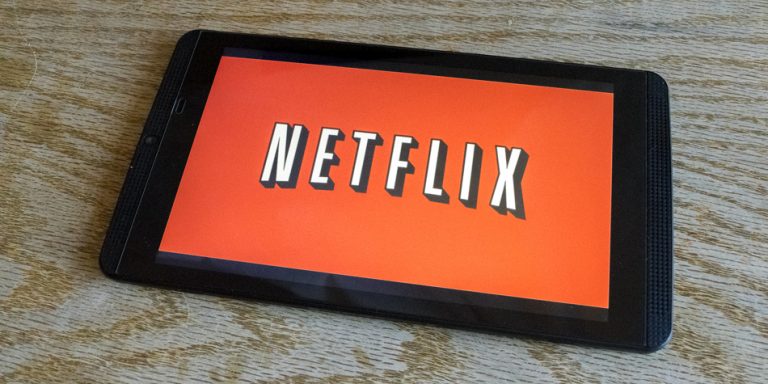Sometimes, when I look at Netflix, Inc. (NASDAQ:NFLX) financials, I wonder why I’m so positive about NFLX stock.
Investing 101 says free cash flow is king and yet Netflix has delivered negative FCF for five consecutive years with a sixth less than a month from being in the books.
Cumulatively, its negative free cash flow since 2012 is almost $3 billion with more than $2 billion expected in 2017.
Typically, that’s a bad thing, but in Netflix’s situation, it’s a sign of prosperity. Here’s why.
New Content Drives NFLX Stock Higher
In the NHL, when a goalie’s hot, like the Toronto Maple Leafs’ Freddie Andersen, who’s faced more than 40 shots on five occasions so far in the 2017-18 season, you keep putting him in the net, night after night, despite the risk of being overworked until he’s not so hot.
Or in other words, you don’t keep a thoroughbred in the barn.
For Netflix, that means you keep spending on content until you stop growing the number of members, revenue and profits. That’s not happening and so it continues to invest in new content which should drive NFLX stock higher.
“With our content strategy paying off in strong member, revenue and profit growth, we think it’s wise to continue to invest,” Netflix said in July. “In continued success, we will deploy increased capital in content, particularly in owned originals, and, as we have said before, we expect to be FCF negative for many years.”
Thus, it’s ironic that in 2011 it had positive free cash flow of $187 million and operating income of $376 and five years later, free cash flow was negative $1.7 billion and operating income was almost identical at $379 million.
Again, it would be understandable if an investor read this and was dissuaded from investing in NFLX stock.
However, Hastings is thinking bigger picture, and like Amazon.com, Inc. (NASDAQ:AMZN) before it, there’s an element of faith that is required here.
Good News For NFLX Stock
An article from Fast Company on its website wondered if Netflix was creating a content pricing bubble.
MoffettNathanson, a Los Angeles-based entertainment industry research firm has come out with a report that states the average one-hour drama costs more than $5 million per episode to buy, more than double what it was two years ago.
Netflix plans to spend more than $8 billion on content in 2018. The report wondered how long prices would keep going higher before the bubble bursts.
It might be insane but until Walt Disney Co (NYSE:DIS) brings out its streaming service, we’ll never really know if anyone truly can compete with Netflix; Amazon Prime certainly can’t. I have both services and I don’t think there’s any doubt who’s the better content provider.
Netflix continues to build a wide moat that gets wider by the day. That’s good news for owners of NFLX stock.
Bottom Line on NFLX Stock
Let’s assume for a moment that Netflix is overspending for content. Where do you think that would show up? On the balance sheet, of course.
Since 2011, Netflix’s long-term debt’s gone from $400 million to $3.4 billion in 2016, a 53.4% compound annual growth rate. Meanwhile, its total assets have only grown by 34% compounded annually over the past five years. That’s a possible sign that its balance sheet is getting worse, not better.
The production of TV shows and movies is an expensive business. It often has to pay for future content upfront. That’s despite the fact Netflix doesn’t know how many seasons or films it will show.
As a result of those significant cash payments up front, which are higher than the amortization expense for that content, the difference produces the negative free cash.
So, by the time the content is shown on the streaming service, the actual cost for the content per subscriber will be much lower than what it was when Netflix paid for it.
That makes the content more valuable when the content obligations outstanding are recognized on the balance sheet. Currently, those outstanding obligations sit at $8 billion; at the end of 2011, they were just $2.3 billion.
I might be wrong, but the bigger that number, the better.
For this reason, I continue to remain confident of the future trajectory of NFLX stock.
As of this writing, Will Ashworth did not hold a position in any of the aforementioned securities.

